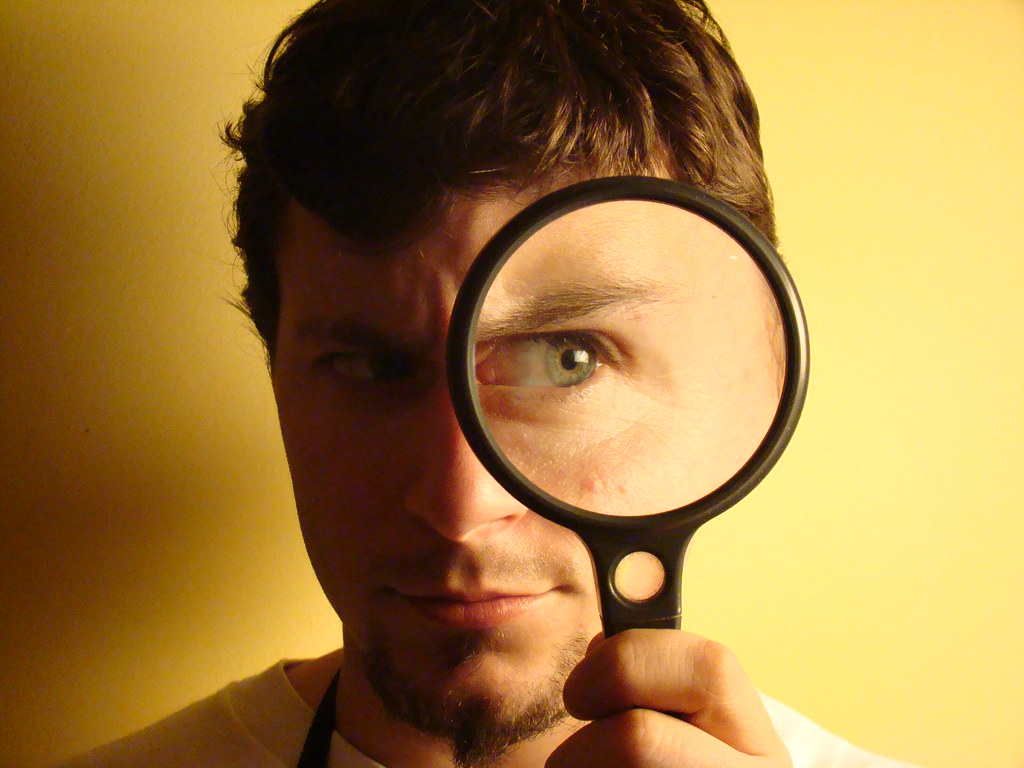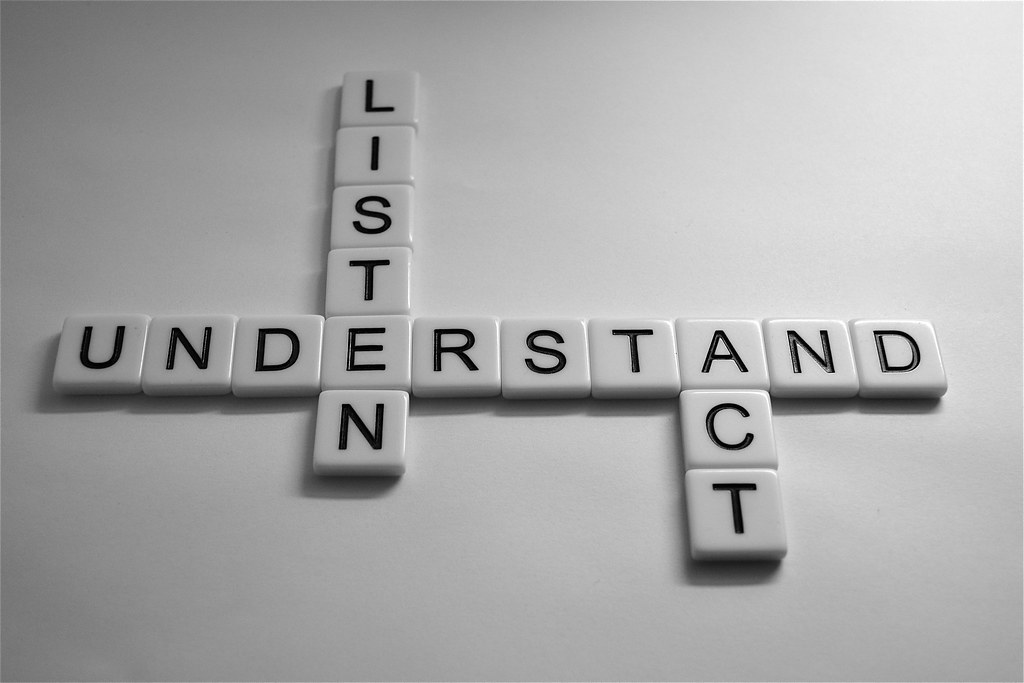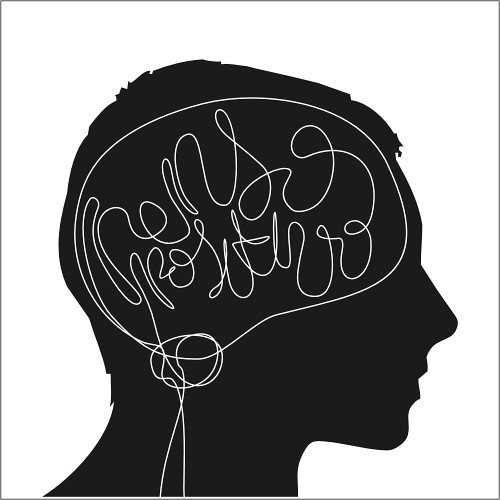There are many controversies and debates within the neuroscience community. However, one of the most recent would be based upon if addiction is considered a disease or not. More specifically, there has been debate surrounding Marc Lewis' new book The Biology of Desire: Why Addiction is not a Disease. In this post, I will analyze two sources concerning this dispute.
First is
The Guardian's article on this issue.
URL: This article's domain name would be .com, which is a top level domain name for anyone to use, such as a business or even an individual. The way to tell if a .com website is credible or not is to research further into who owns the website. In this case, The Guardian is a well known news source both as a website and a newspaper.
Author: The author of this article, Melissa Davey, can easily be identified as she has put her twitter handle (@MelissaLDavey) within the article. Also, The Guardian has listed her work history, stating that she has worked as a reporter for the Sun Herald and the Sydney Morning Herald. She has also contributed articles to other news sources, such as Australian Doctor or Daily Life.
Last Updated: This article was last updated August 30th, 2015, so it is very recent news. All of the links are working, leading readers to The Guardian's review of Marc Lewis' past books, other articles and other related content is shown below the article itself.
Purpose: In the article, The Guardian both shows a quick history of Marc Lewis and his ideas and then goes on to allow him to show his side of the story with an interview. Since they have Lewis talking about and explaining his own idea, so this article is not promoting, but simply showcasing Lewis' theories.
Graphics: At the top of the page, a hand with dirty fingernails is reaching to a pile of dirty syringes on the street. This picture is showing the dark side of addiction, the desperation of addicts who are willing to risk their health even further by using any resources they can get.
Position on Subject: The text is not biased as it simply shares the thoughts surrounding Lewis' claim but then goes on to get the ideas from Marc Lewis himself. The viewers themselves would benefit from believing this article, whether or not they trust in Lewis' idea. The whole of the interview is from a primary source, so individuals could use Lewis' words in their own arguments about addiction. There are other articles stating people's opinions on the subject and Lewis has his book that states his ideas that were in the interview.
Links: There are links that take readers to other websites that were mentioned within the article and to other articles within The Guardian itself. At the very end, the author simply cites their own interview with Marc Lewis.
Next,
Salon wrote an article about the same subject.
URL: This article ends in a .com as well, simply stating that it is for commercial use. However, Salon is an award winning entertainment and news site.
Author: Laura Miller, the author, is very identifiable. She has put not only her Twitter on the article, but her Facebook and her email. She is also the co-founder of Salon.com itself, and she actively contributes to the New York Times Book Review. Her work has appeared in many popular news sources, including Time, The New Yorker and the Wall Street Journal.
Last Updated: This article was last updated on June 27th, 2015. All of the links within the article are active. Since this article was published within the same year and is still being discussed today, we can assume that this material is up-to-date.
Purpose: This article is used to inform it's readers about Lewis' theories on addiction and the brain. Yet, the article both promotes his ideas along with Alcoholics Anonymous' 12-Step program to recovery.
Graphics: A man, again with grimy fingernails, heating up a liquid drug preparing to be injected is shown at the top of the page. Like the last article, this one uses a picture that shows the negative effects addiction has on an individual. They also use it to show that addiction is a serious issue and society should not let it's own suffer through it anymore.
Position on Subject: The text does not seem to agree or disagree with Lewis. However, I feel that it does agree with AA's program more than what Lewis is suggesting, even thought they seem to promote his idea as well.
Links: The links within the article go to both Lewis' book on Amazon and another article about another scientist that shares the same opinion with Lewis. However, it does not cite any reputable sources and does not offer any more related content.
.jpg/800px-Computer_inside_(1).jpg)


















